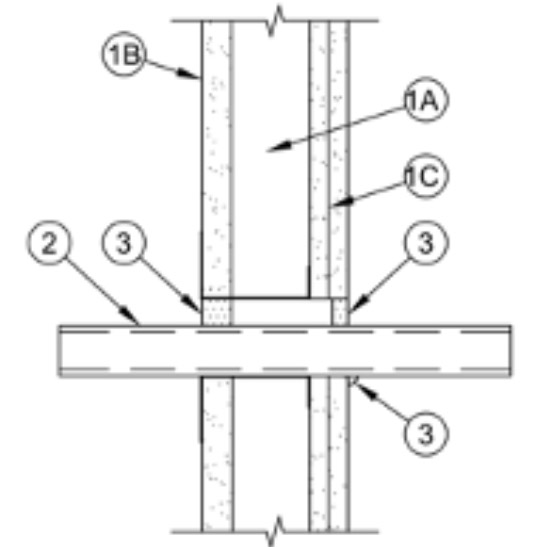Sequencing Inspection Requests: Shaft Wall Penetrations
Over the years as we continue to perform third party fire stop and fire-resistant joint inspections, a common sequencing question that continues to be asked is when does the inspector need to be called for the first wave of inspections as interior building construction commences. One of the driving factors for this sequencing is typically related to when shaft wall construction commences by the drywall sub-contractor.
As referenced in our Firestopping Special Inspections: More Than Just a Spot Check Blog Post, Section 10.8 of both ASTM 2174 and ASTM 2393 requires that “The inspector shall verify and document that the firestop systems required in the inspection documents have been installed.” The implication of this requirement when it comes to scheduling inspections is that shaft wall penetrations will require two rounds of visual and destructive inspections with the first prior to drywall installation such that the shaft layer portion of the firestopping assembly may be inspected and the second after drywall installation such that the drywall portion of the firestopping assembly may be inspected. Note that this is specific to where the submitted firestopping assembly from the manufacturer specifies firestopping at both the shaft wall and drywall layer (see examples below where firestopping application is required at both layers).
Have any other questions related to Firestopping Special Inspections or need Firestopping Special Inspection performed on your project? Feel free to reach out to info@crcfire.com for additional information and see the following link for more information about required frequently asked questions (Firestopping Frequently Asked Questions)


